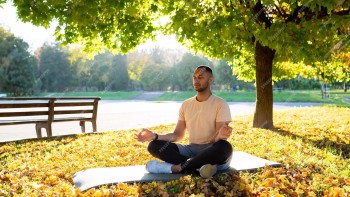Holi, the festival of colors, heralds the arrival of spring with its vibrant celebration. While the market offers a plethora of options for Holi colors, the joy of creating your own natural and safe colors at home is unparalleled. Making DIY Holi colors not only ensures the safety of your loved ones but also contributes to environmental sustainability. Below, we explore various natural ingredients for creating a spectrum of Holi colors and detail the methods to prepare them.
1. Yellow - Using Turmeric
Ingredients: Turmeric powder, gram flour (besan)
Method: Mix turmeric powder with gram flour in a 1:2 ratio to get a bright yellow color. The gram flour not only dilutes the strong pigment of turmeric, making it easier to wash off but also adds a soft texture to the color powder.
2. Green - Using Spinach or Henna
Ingredients: Spinach leaves (for light green) or henna powder (for dark green)
Method for Spinach: Dry spinach leaves in the sun or a dehydrator until crisp. Grind them into a fine powder. For a more vibrant green, you can mix this powder with a small amount of flour.
Method for Henna: Use pure henna powder directly for playing. Ensure it's free from any additives or chemicals commonly mixed in henna intended for hair.

3. Red - Using Beetroot or Red Sandalwood Powder
Ingredients: Beetroot (for wet color) or red sandalwood powder (for dry color)
Method for Beetroot: Boil beetroot slices in water until the water becomes deeply colored. Let it cool and remove the beetroot slices. This colored water can be used as a liquid color.
Method for Red Sandalwood: Mix red sandalwood powder with flour in equal proportions for a safe and fragrant dry red color.
4. Blue - Using Indigo or Blue Hibiscus
Ingredients: Indigo powder or blue hibiscus flowers
Method for Indigo: Indigo powder can be used directly as a dry color or mixed with flour to lighten the intensity.
Method for Blue Hibiscus: Dry blue hibiscus flowers in the shade, then grind them into a fine powder. Mix with a little flour if desired for a lighter shade.
5. Pink - Using Rose or Beetroot Powder
Ingredients: Rose petals or beetroot powder
Method for Rose: Dry rose petals under the sun and grind them into a fine powder. For a more vibrant pink, you can mix this powder with a small amount of flour.
Method for Beetroot Powder: Beetroot powder can be used directly for a deep pink color. It's readily available in health food stores.
Also Read-
Celebrate Holi Safely: Precautions and Safety Tips for a Joyful Festival
Preparing Dry Colors
For creating dry colors from the ingredients mentioned above, follow these general steps:
- Dry the Ingredients: Ensure that all natural ingredients are completely dried. This can be done under the sun or in a dehydrator.
- Grind to Powder: Use a blender or grinder to turn the dried ingredients into a fine powder. The finer the powder, the better it will adhere to the skin.
- Sieve: To ensure smoothness, sieve the powder to remove any large particles.
- Mix with Flour (Optional): For lighter shades or to increase the volume, mix the color powders with flour in varying proportions.
Crafting Liquid Colors
To make liquid colors, you can simply dilute any of the dry color powders in water. Adjust the intensity of the color by controlling the amount of powder used. For more vibrant colors, use the color water recipes mentioned above, like the beetroot method for red.
Conclusion
Creating your own Holi colors is not only a fun activity but also a step towards a safer and eco-friendly celebration. By using natural ingredients, you not only ensure the safety of your skin and hair but also contribute positively to the environment. This Holi, embrace the joy of homemade colors and revel in the spirit of the festival with the satisfaction of knowing you're celebrating responsibly.











Recent comments
Latest Comments section by users